People vs Machines what are we taking more care of?
According to Wikipedia ‘Condition monitoring’ (or, colloquially, CM) is the process of monitoring a parameter of condition in machinery (vibration, temperature etc.), in order to identify a significant change which is indicative of a developing fault. It is a major component of predictive maintenance.’ This goes on all the time within the oil industry particularly on critical equipment but it got me thinking people vs machines what are we taking more care of? What are we doing around condition monitoring of our people in the workplace? Do we proactively ‘identify a significant change which is indicative of developing a fault’? Not enough I would suggest. There are always exceptions, but in general, it’s been my experience in the corporate business world that people are struggling to look after themselves in a positive holistic way far less have any time or capacity to look out for others.
Benefits of condition monitoring
People vs Machines what are we taking more care of? A blog post by Sensor-Works listed the top 5 benefits of condition monitoring http://sensor-works.com/top-5-benefits-of-condition-monitoring/.
They are
- Lowering maintenance costs– ‘although adopting a ‘fix as it breaks’ approach can initially lower costs, it is always more expensive in the long run. Furthermore, broken machinery can lead to a ‘ripple effect,’’
- Maximising Production Output– ‘With condition monitoring, you can be sure to maximize your production output and meet your deadlines.’
- Increasing Lifespan of Machinery– ‘condition monitoring can even help to extend the lifespan of components and the longevity of your machines.’
- Prioritising Maintenance Tasks– ‘With frequent and reliable updates about your machinery, you have a real-time list of potential maintenance tasks and their priority.’
- Accurate KPI’s and Analysis– ‘with condition monitoring, you have access to a constantly updating pool of data on your machinery. This information can prove invaluable when formulating and analysing KPI’s and measuring your manufacturing and output success’
They further stated that ‘A study by Oneserve recently came to the shocking conclusion that faulty machinery and broken components cost British manufacturing companies over £180 billion every year. That’s a discernible amount of wasted productivity and money for something so avoidable.’
Benefits of taking care of our people
People vs Machines what are we taking more care of? Is there not potential similar benefits in taking a personal and proactive approach to the ‘condition monitoring’ of our employees? Using the same analogy
- Lowering maintenance costs…the cost of absence and ‘presenteeism’ (being at work when ill and therefore unproductive) is detailed below. The Office for National Statistics reported an incredible 131.2 million days working days lost in the UK in 2017-ONS IOSH Magazine. We are seeing increasing strain placed on our GP’s and hospitals with the NHS struggling to cope. Surely we should be identifying and addressing issues before they become absence or a crisis.
- Maximising production output…I have a saying, ‘happy wife, happy life’! But the same is applicable to the workplace. Happier, better-supported and engaged staff are more productive. In a study by Warwick University it was found in a range of experiments that making people happy encourages them to put in more effort, increasing their productivity by somewhere in the region of 12 per cent.
- Increasing lifespan of machinery…it is a well known fact that stress and mental health leads to reduced mortality with the average lifespan of humans failing to increase despite developments in medicine and healthcare. In 2015 to 2017, life expectancy at birth in the UK saw no improvement from the previous 2014 to 2016 national life tables and remained at 79.2 years for males and 82.9 years for females. It is well publicised that suicide is the greatest killer of males aged under 45 in the UK. https://www.bbc.co.uk/news/uk-43572779
- Prioritising maintenance tasks…we need to move from the reactionary Employee Assistance Programme (EAP) to a personal and proactive approach. We can only prioritise what we know. If we can identify the issues and what support is needed we are in a far better position to prioritise our next steps and take positive action. Prevention is better than cure as the saying goes and ultimately what CM and proactive people support is ultimately looking to achieve.
- Accurate KPI’s and Analysis…we need to identify the issues going on in the lives of individuals, provide confidential support and measure how this impacts absence, staff retention and business costs.
In comparison to the study by Oneserve, an article by Consultancy UK reported that ‘the combined economic impact of this ill-health related absence and presenteeism currently sits at a £77.5 billion a year for the UK economy’. So our people costs are comparable to our faulty machinery and broken components.
Companies operating ‘assets’ have CM because they appreciate the cost of a breakdown. Let’s take the time to engage in a more proactive approach around CM for our work colleagues. People versus machines, surely that’s a no brainer?
About P3 Business Care
P3 Business Care is a social enterprise operating across the UK. Visiting your business on a weekly basis we provide personal and proactive support to your employees working in partnership with the company. We develop trust & relationships so we can identify and address issues before they become absence or staff turnover. Read more about our services here

